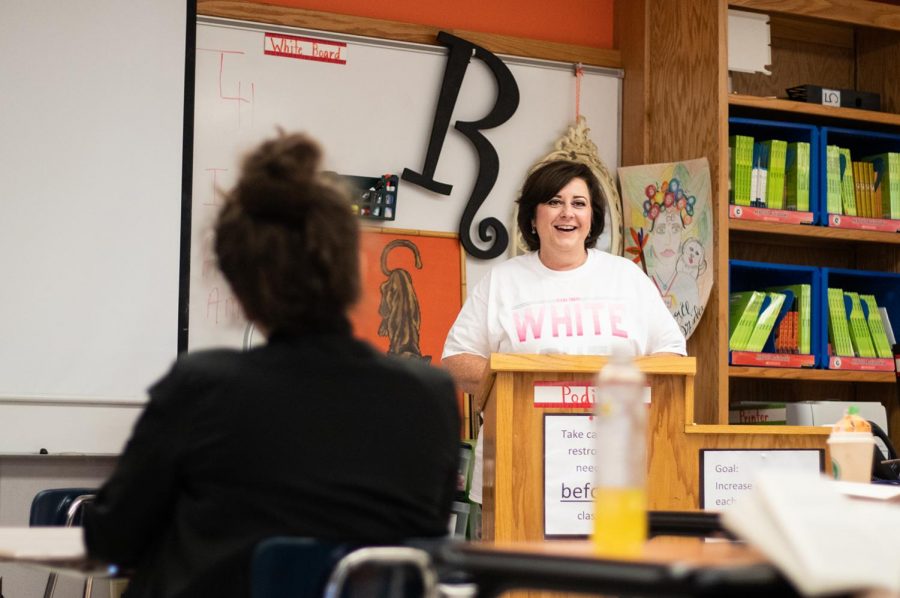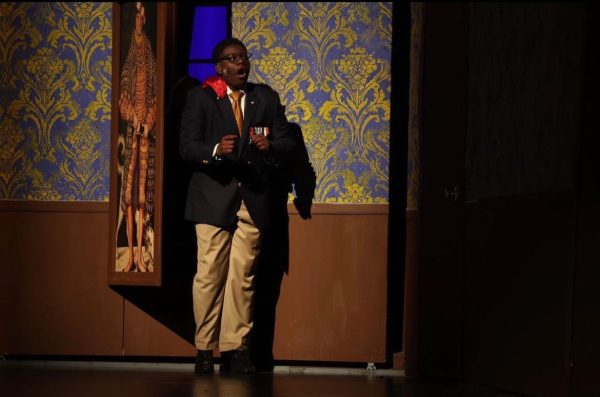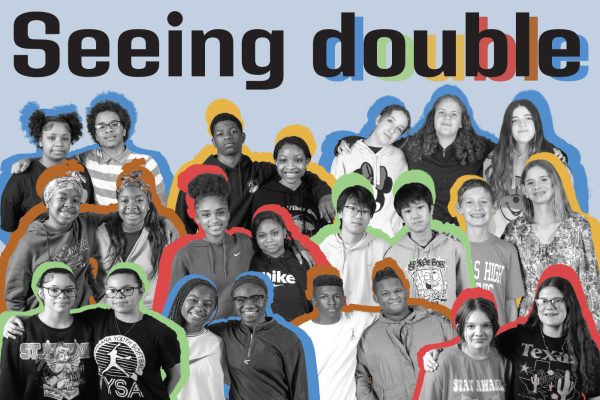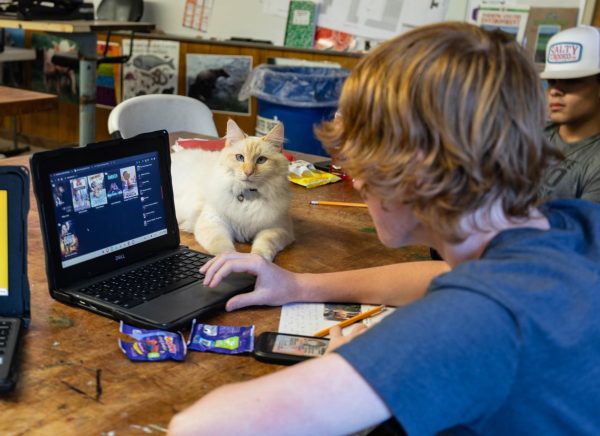Creating opportunity
ESL teacher inspires change in students’ lives
Photo illustration. ESL teacher Tessa Ray addresses her classroom for a photo.
October 31, 2019
America is a country of many ethnicities and nationalities. Therefore, it is really common to have students at high schools whose native language is not English. That is why ESL teachers have an important job: they are teaching students from all over the world the language that will help them survive in America. These teachers help them to integrate themselves in a new society that can be drastically different from their own.
Tessa Ray teaches English as a second language. She started off as a U.S. history teacher, but changed to teaching ESL in 2003. The need for educators teaching ESL has been growing in the last few decades, since the number of English learners is increasing.
“I taught U.S. history before,” Ray said. “I did have a few ESL students in my classes, but I really didn’t know very much about them because back then the teachers didn’t get a lot of information about their students.”
Ray admitted that she lost interest in teaching history after 11 years. That was one of the reasons she started thinking about changing up her profession.
“One day, I was sitting in a staff development [meeting] and they were doing a presentation about their program [for ESL teachers],” Ray said. “No one was really paying attention, but I thought that it was really interesting. I thought this was something I could do, so I started pursuing it at that point.”
It was not a complicated process to become an ESL teacher because Ray had already been English certified, due to her previous job as a history teacher. She had to study and take her test to get an attachment to also be certified to teach English as a second language.
Immigration and globalization has always been a regular topic in the history of America. The nation’s immigrant population is constantly growing. Her students come from many different places all over the world.
“My kids come from all over Europe, Asia, Africa, and Latin America,” Ray said. “And then I have students who are U.S. citizens, born here in America, but their parents spoke Spanish in their homes, so that English is their second language, even though they were born right here in Texas.”
The variety of cultures sitting in her classroom is one of Ray’s favorite things about her job. It has given her the opportunity to learn about other cultures and to be more open minded toward them.
“I have learned a lot and [teaching ESL] has even changed some of my political views,” Ray said.
Besides the benefit of cultural enrichment, teaching ESL requires a lot of patience. In a classroom almost everyone speaks a different language there are a lot of challenges.
“I probably have 10 different languages represented in my classes, so if I were someone who speaks 10 languages, I would probably work for the government or NASA,” Ray said. “I think it would be really unusual for someone to have the skill to teach all those languages.”
The impact ESL teachers have on their students is in most cases so big that it will affect how these students will pursue a career and how they will raise their families. They are creating the opportunity for their students to pursue their goals.
“If they have control over the language now, then it changes their future and their children’s future,” Ray said. “And that is a great thing. I feel so connected with my students because often I get to teach all the kids from one family, so I really have a close connection with them.”





















